ResTIR and ResTIR PT on La Jolla renderer
a Computer Graphic Project
In this project, I implemented ReSTIR and ReSTIR PT rendering algorithms from NVIDIA in the La Jolla renderer (created for teaching purposes at UCSD).
These two algorithms significantly improve rendering performance in complex lighting conditions:
-
ReSTIR (Reservoir-based Spatiotemporal Importance Resampling)
Instead of sampling lights independently for each pixel, ReSTIR maintains reservoirs of light samples that can be reused across both space (neighboring pixels) and time (previous frames).
This makes it possible to render scenes with thousands or even millions of light sources while still producing low-noise results in just one sample per pixel (spp). -
ReSTIR PT (Path Tracing with ReSTIR)
Extends ReSTIR beyond direct lighting. By applying the same reservoir resampling strategy to indirect lighting paths, ReSTIR PT allows more efficient global illumination.
This leads to faster convergence and reduced noise in scenes dominated by multiple light bounces, where traditional path tracing struggles.
Together, these methods make physically-based rendering feasible in real time, even for scenes with dense lighting and complex visibility.
Example Results
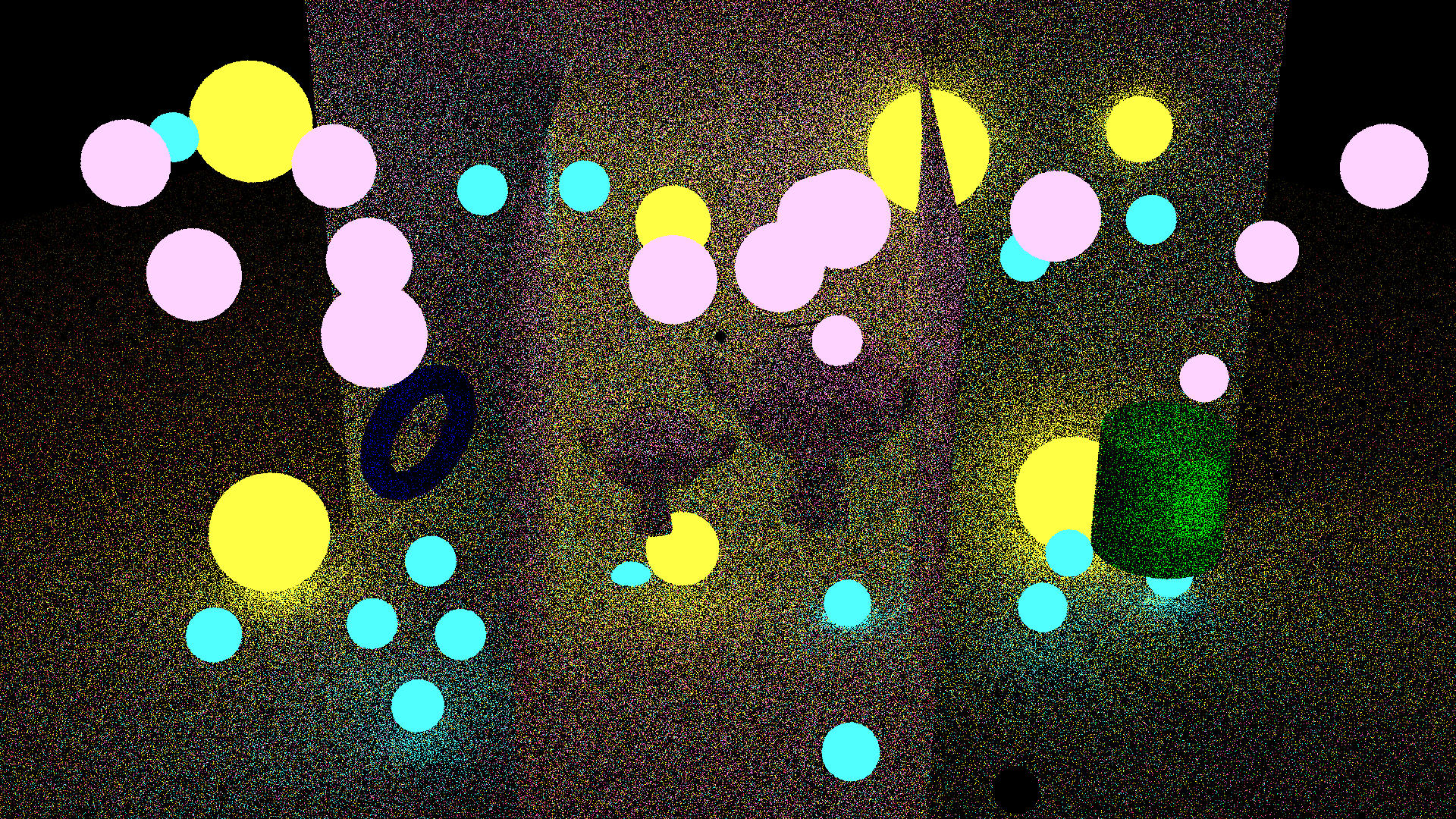
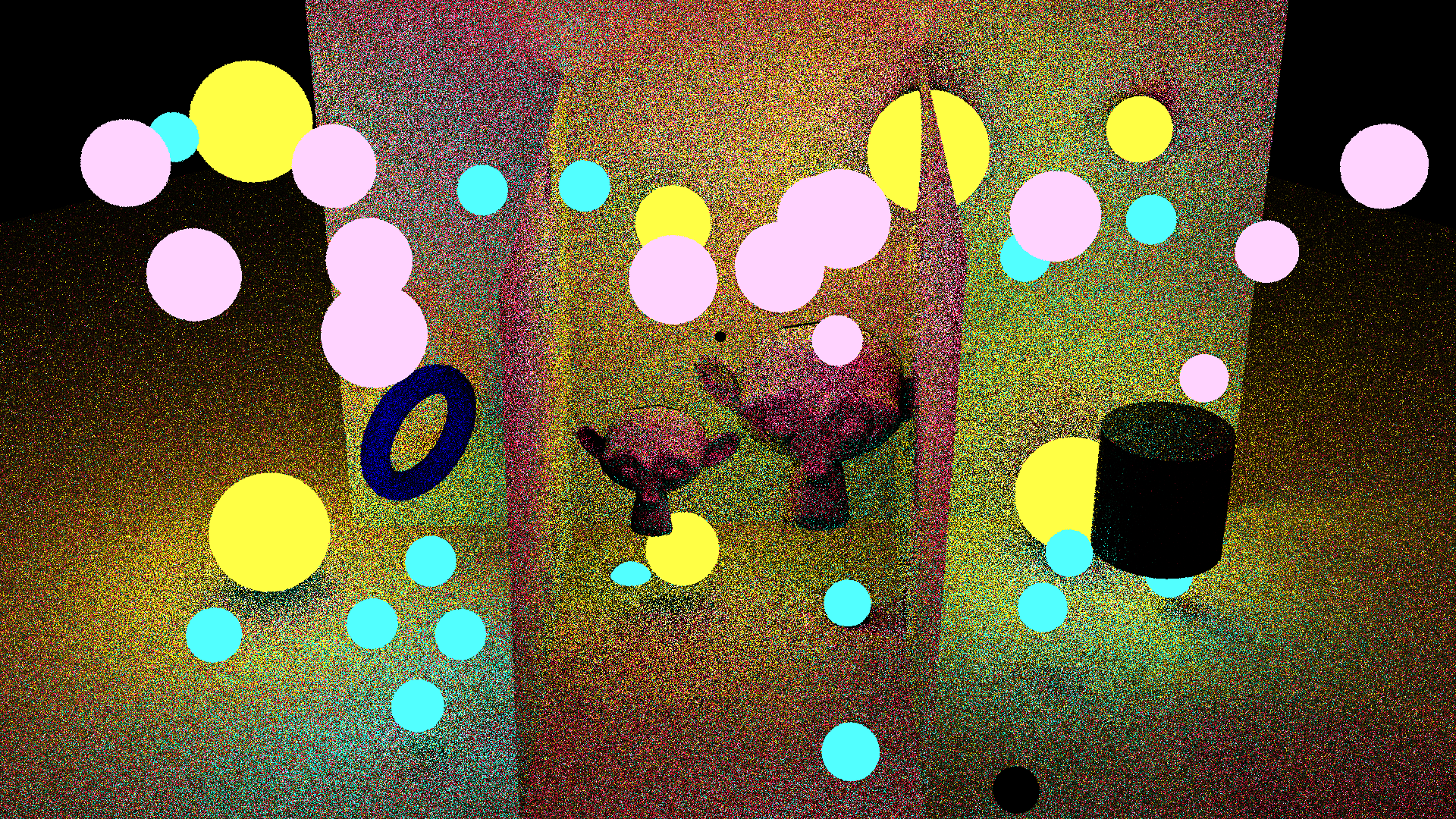
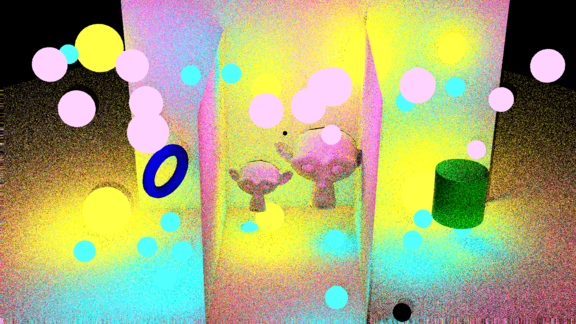

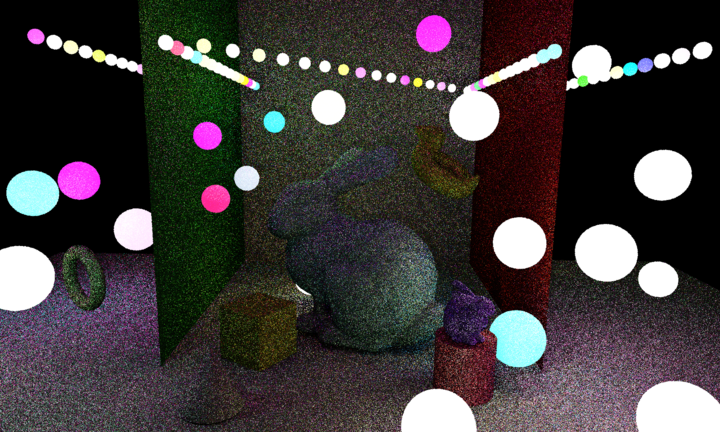
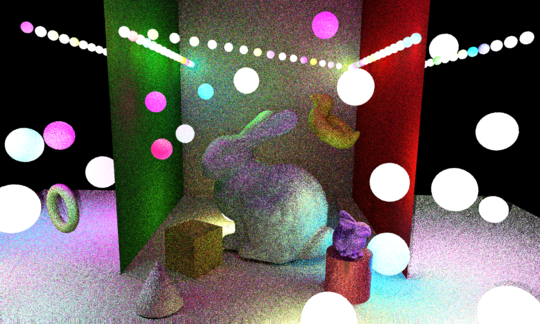
Figure: Image rendered from two scenes by Path Tracer (first column), ReSTIR (second column), and ReSTIR PT (last column).
Resources
References
-
Bitterli, B., Speierer, S., Wrenninge, M., Shirley, P., & Keller, A. (2020).
Spatiotemporal reservoir resampling for real-time ray tracing with dynamic direct lighting.
ACM Transactions on Graphics (SIGGRAPH). Paper link -
Müller, T., Keller, A., & Wrenninge, M. (2021).
ReSTIR Path Tracing.
ACM Transactions on Graphics (SIGGRAPH). Paper link -
La Jolla Renderer – teaching renderer developed at UCSD.